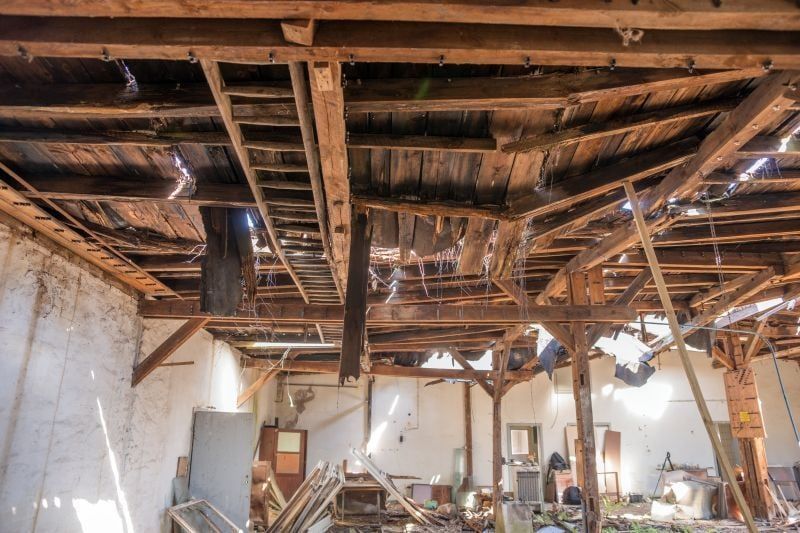
Introduction
Discovering water damage in your house can be a stressful and overwhelming experience. Whether it’s leaking pipes, a flooded basement, or a roof leak, water damage can cause significant harm to your property. Taking immediate action is crucial to minimize the damage and prevent further complications. In this article, we will guide you through the steps to take when you discover water damage in your house.
Step 1: Identify the Source of Water Damage

The first step in addressing water damage is to identify the source. This could be a leaking pipe, a malfunctioning appliance, a roof leak, or even a natural disaster like a flood or heavy rain. Once you have determined the source, it will help you understand the extent of the damage and the necessary measures to take.
Step 2: Turn Off the Water Supply
If the water damage is caused by a plumbing issue, it is essential to turn off the water supply to prevent further water flow. Locate the main water shut-off valve in your house and turn it off. This will help mitigate the damage and prevent additional water from entering your property.
Step 3: Ensure Your Safety
Safety should always be a priority when dealing with water damage. If there is standing water or electrical appliances affected by the water, it is crucial to turn off the electricity to avoid any potential hazards. Avoid walking on wet surfaces and use caution when handling any electrical equipment. If necessary, evacuate the area until professionals arrive.

Step 4: Document the Damage
Documenting the damage is an important step for insurance purposes. Take photos and videos of the affected areas, furniture, and personal belongings. This documentation will help support your insurance claim and ensure you receive appropriate compensation for repairs and replacement.
Step 5: Call a Professional Water Damage Restoration Company
After ensuring your safety and documenting the damage, it is crucial to contact a professional water damage restoration company like Texas Water Damage Restoration Pros at 817-587-4040. These experts have the necessary knowledge, equipment, and experience to assess the damage, remove any standing water, dry the affected areas, and restore your house to its pre-damage condition. They will also provide guidance on further steps to prevent future water damage.
Step 6: Mitigate Further Damage
While waiting for the restoration professionals to arrive, you can take some steps to mitigate further damage. If it is safe to do so, remove any standing water using buckets and towels. Move furniture and valuable items away from the affected areas to prevent additional damage. However, avoid any extensive DIY repairs as it may cause further harm and void your insurance coverage.
Step 7: Check for Mold Growth
Water damage creates a favorable environment for mold growth. Even if you cannot see visible signs, mold can begin growing within 24-48 hours. Keep an eye out for any musty odors, discoloration on walls or ceilings, or an increase in allergy symptoms. If you suspect mold growth, inform the restoration professionals as they will perform mold remediation services if necessary.
Step 8: Communicate with Your Insurance Company
Once you have contacted a water damage restoration company, it’s important to inform your insurance company about the situation. Provide them with the necessary documentation and collaborate with their preferred providers for a smooth claims process. They will guide you through the necessary paperwork and work towards restoring your home.
Step 9: Prevent Future Water Damage
After the restoration process is complete, it’s crucial to take preventive measures to avoid future water damage. Regularly inspect your plumbing system, roof, and appliances for any leaks or malfunctions. Install a sump pump in your basement to prevent flooding. Keep gutters clean to ensure proper water flow. Taking these precautions can minimize the risk of water damage in the future.
Conclusion
Discovering water damage in your house can be a challenging situation. By following the steps outlined above, you can take immediate action to mitigate the damage and restore your home. Remember to prioritize safety, document the damage, contact professionals for restoration, and communicate with your insurance company. Taking these steps will help ensure that your house is restored to its pre-damage condition and protect it from future water damage.

